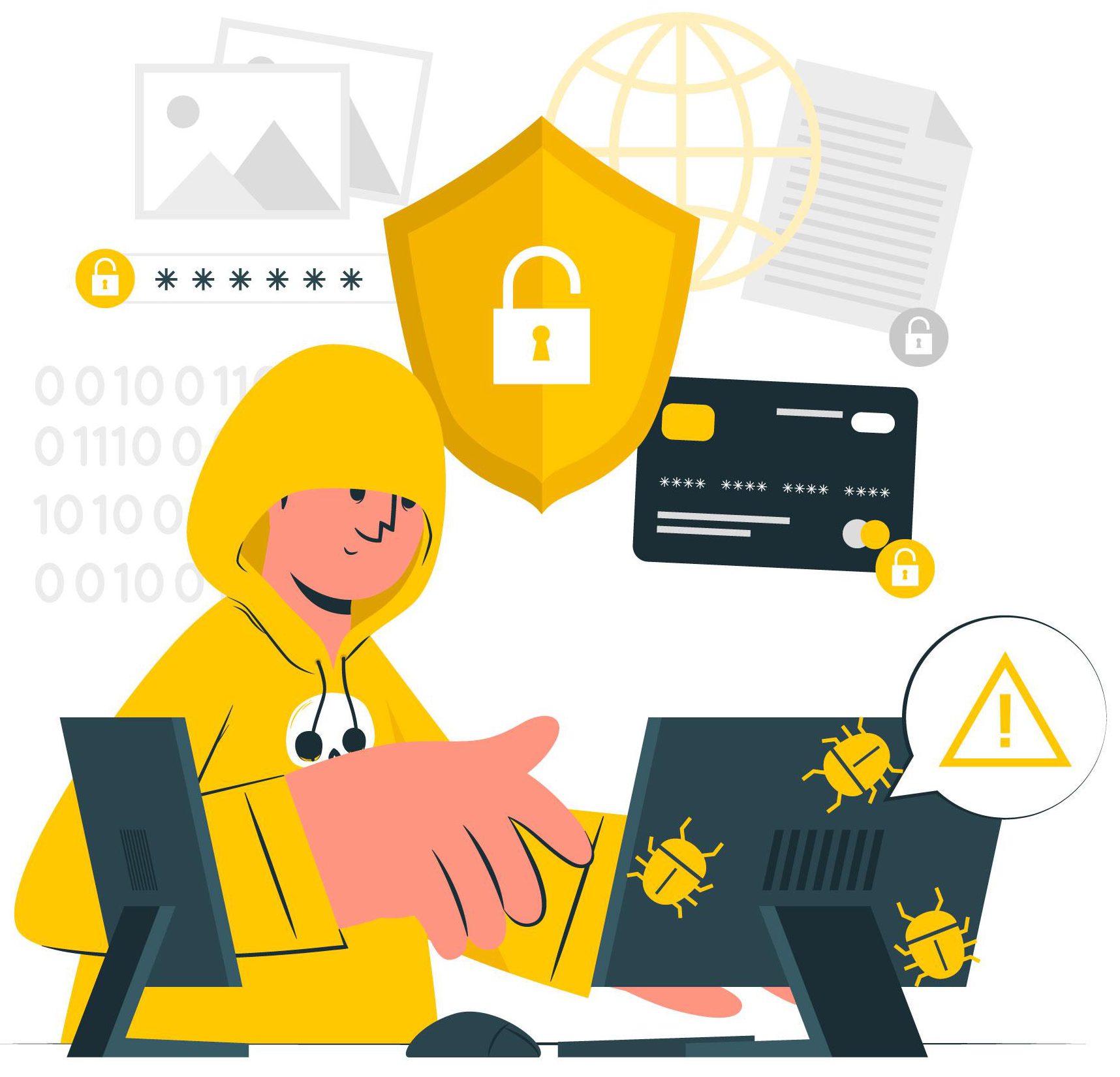Digital security is a well-known word nowadays. Securing one’s digital identity is fundamental as the world is becoming increasingly digitalized. Digital identity represents the physical identity of someone within the network. And digital security means the practice of protecting that digital identity from unauthorized access. It also includes the methods that could be used to secure one’s digital identity, assets, and technology in the online world. Protecting digital information can prevent identity theft, financial fraud, and other cyberattack methods.
Common Cyberattacks
A cyberattack is an attempt to disrupt normal functions or gain unauthorized access to a network or computer system. Ill-intentioned individuals, groups, or organizations do these. These are motivated by some factors, such as financial gain or political activism. There are many kinds of cyberattacks to be aware of, such as –
- Malware – A malware is a software designed to harm a computer system. It includes viruses, worms, Trojans, and ransomware.
- Phishing – Similar to real-world “fishing,” these attacks lure users to enter personal information such as passwords, credit card information, etc. This can be done via emails or text messages similar to legitimate financial sources such as banks or credit card companies. The message includes a link, which can take the user to a fake website where a/c numbers or credit card information can be input. Once a user does that, the attackers steal the information and use it for their gains.
- SQL injection – This is a more technical kind of cyberattack. In this, a malicious SQL code is injected into an application, allowing the attacker to view or modify the database of that application.
- Man-in-the-middle attack (MiTM) – It is an attack in which an unwanted user or attacker is positioned between two communicating parties to intercept and alter the data travelling between them.
- Denial of service attack (DoS) – This is also a technical cyberattack in which the hacker makes the system or data unavailable to someone who needs it. This can be done by browser redirection, closing connections, data destructions, or overloading the web application by repeatedly requesting access to a resource.
- Zero-day attack – This refers to an attack in which hackers exploit a flaw in a system or software before developers can address it, hence the name zero-day attack.
Methods to Stay Safe
Cyberattacks are a growing threat, but there are many things one can do to protect themselves. Here are some preventive measures to take:
- Keep the software up to date – many cyberattacks exploit security loopholes in outdated software. It is advised to install all security updates for the operating system, web browser, and other software.
- Use strong passwords – passwords should be at least 12 characters long and include a mix of upper and lowercase letters, numbers, and symbols. People should also never reuse passwords.
- Enable multi-factor authentication (MFA) – MFA adds an extra layer of security to one’s accounts by requiring one to enter a code from the phone in addition to the password.
- Be aware of phishing attempts – Phishing emails are designed to trick people into giving away personal information. One should be very careful about clicking links or opening attachments in emails from unknown senders.
- Back up data regularly- If one does fall victim to a cyberattack, having a backup of important data can help them recover the files.
- Avoid using public Wi-Fi – Public Wi-Fi networks are often not secure, making them a prime target for cyberattacks. If someone must use public Wi-Fi, they should use a VPN to encrypt their traffic.
Additionally, people must be careful about what information they share online. People shouldn’t share personal information such as their NID or bank account number online unless absolutely needed to.
The role of governments and organizations in cybersecurity
Governments and organizations play a vital role in cybersecurity. Especially the government, as they develop and enforce cybersecurity regulations that require organizations to take the necessary steps to protect their system and data. The government must also ensure that all organizations follow the same rules and take basic security measures, making it difficult for cyber terrorists to exploit the vulnerabilities. Governments and organizations can also educate and train related individuals and businesses about cybersecurity. Additionally, the government and the organizations can invest in cybersecurity research and development. This can lead to new technologies being invented and help protect against cyberattacks.
Moreover, governments and organizations worldwide can share information about known and possible cyberattacks. This can help to identify and respond to threats very quickly. Governments and organizations can help create a safer digital world for everyone by taking these steps.
Closing Words
In conclusion, digital security is paramount in today’s world. People are increasingly aware of their digital presence, and keeping it safe from potential threats is necessary. People need to take preventive measures and educate each other about the dangers in the cyber world.
